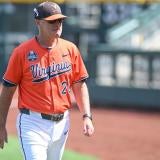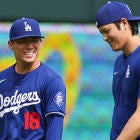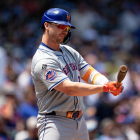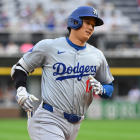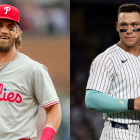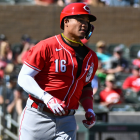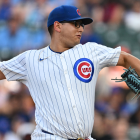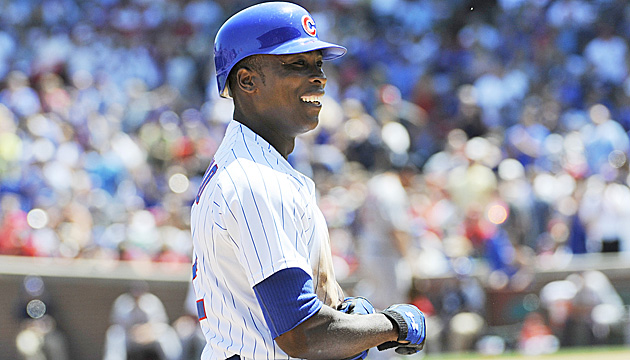 |
| Alfonso Soriano would likely clear waivers, given his huge contract. (Getty Images) |
Last season, in August, Delmon Young, Jim Thome and a few others were traded. Each time a deal happened, our inbox filled up with questions regarding how a trade could be completed after the trade deadline.
First of all, if you know the answer, you may kindly show yourself out.
Anyway, July 31 at 4 p.m. ET is the non-waiver trade deadline. It's a bit of a "free-trade" period, if you will. Things change after that deadline.
| MLB Trade Deadline |
Clubs can still make trades, but there are hurdles -- or, in this case, the waiver system. Here is a brief overview as to how it basically works:
• First, a player must be placed on waivers.
• If more than one team places a waiver claim on the player, the club with the worse record in the player's league wins the claim. If no clubs in the player's league make a claim, the order is then from worst-to-best record in the opposite league.
• Once a team has been awarded a claim on our fictional player, that player's original team can either agree to a trade with the claiming team within two business days, pull the player back and keep him or simply allow the claiming team to have the player. In the latter case, that means the claiming team assumes the player's existing contract (so, for example, don't expect anyone to claim Alfonso Soriano and risk taking on his remaining salary).
• If a player clears through waivers, he can then be traded to anyone -- and now negotiations could include cash considerations (so, to stick with the above example, this is how Soriano could get moved).
There are more involved details in the process, but these are the bare bones and really all we need to keep in mind moving forward -- unless you are the member of a baseball front office, in which case, get back to work.
For more baseball news, rumors and analysis, follow @EyeOnBaseball on Twitter, subscribe to the RSS feed and "like" us on Facebook.




